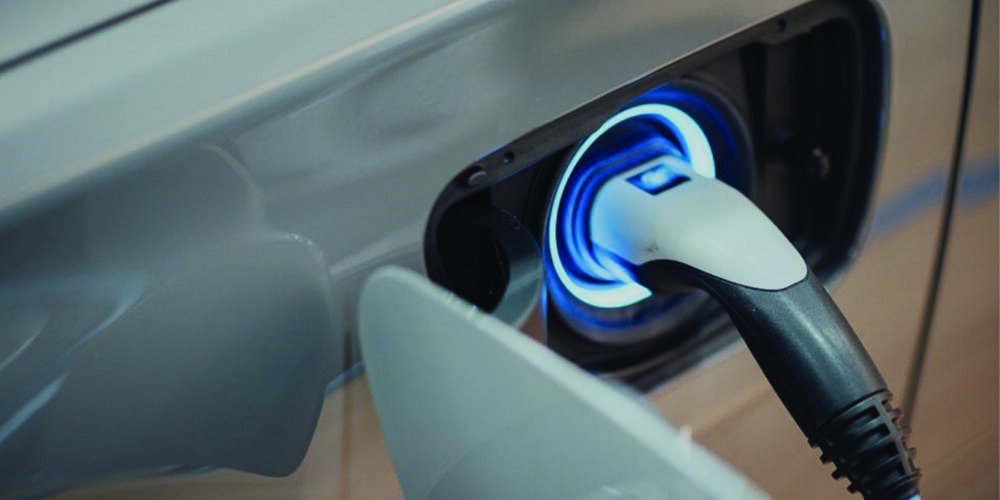It is a misconception that the number of bays determines success. Instead, it is the number of vehicles a bay can service in a day and the profitability of the repair order that often determines success.
Adding extra bays to your shop is one way to add capacity, but it does not address the issue of productivity and per-job profitability. You may think that more bays means more revenue, but any extra profits from this revenue might be diminished by current productivity levels. In some cases, the better solution is to improve productivity of existing bays and leave the extra room for outdoor parking.
The alignment bay is one area of the shop that can benefit from increased productivity. If you feel that you have reached the limits of your current alignment bay and are thinking of adding another, there are equipment solutions to make your existing alignment bay more productive and profitable. Often, these technology solutions are cheaper than bricks, mortar and building permits.
Turn and slip plates can be productivity killers. Each turn or slip plate has two pins that must be pulled once the vehicle is positioned on the lift and replaced before the car is driven off. This can be time consuming and with some bay configurations can force the technician to do two laps around the vehicle during an alignment. New turn and slip plates can be released at the flick of a switch from a single location. This can reduce the time required to take the initial alignment readings.
Any alignment tech will tell you that spotting worn tie rods can be a two-man job using a “dry park” test. This can kill the productivity of two technicians. New “powered” turn plates now allow a tech to perform a dry park test alone. These turn plates simulate road forces to simplify pre-alignment inspection of the steering linkage and suspension components. One technician can control the air-operated plates from under the vehicle and observe the effect on most system components. These turn plates can help techs spot more faulty components. This means more profitability and revenue that new construction can’t produce.
There is the argument that even the oldest “green monochrome” alignment systems can do just as good of a job when it comes to aligning a vehicle. It’s true that an older system can measure most alignment angles just as accurately as current systems, but the extra time dancing around the lift to see the green screen can negate any cost savings arguments. Even the most basic new alignment systems have better displays that can be seen from further away and the information can be customized to the task at hand.
Some equipment manufacturers have introduced handheld displays and controls technicians can take under the vehicle. These can display alignment information directly in the technician’s line of sight. These are more than a remote control or display, the interface allows the technician to measure tire temperatures, record air pressure and measure frame angles. Also, the interface can save bumped heads and stiff necks.
In the past decade, wireless and digital camera technology has changed wheel alignment. Some may ask why they should change if it’s not significantly more accurate than their current system? The answer is economics and productivity. Taking the away wires and even delicate electronics from the wheels makes the technician’s job easier and faster. Digital cameras make setting up the vehicle for measurements faster. With these types of systems, there is no need for constant labor-intensive calibration procedures.
In any business, being able to rapidly access information is a vital productivity and profit tool. Lets say you get a vehicle on the lift and the caster is out of spec by 2º. Trying to correct the problem, the technician might find out that the vehicle has only + or – 1º of correction built into the vehicle. Now he has to go to the computer or parts catalog to find out if there is a special parts kit or if a suspension part needs replacement. If the tech had a warning that the caster was beyond correction on the alignment screen, he would have not wasted time trying to perform the futile first adjustment.
The last productivity point to consider is the rack. This is where the line between productivity and capacity becomes blurred. Trying to get lowered vehicle or a vehicle with a low front spoiler onto a drive-on lift can be a productivity killer.
One option is to lower the lift. With some new above-ground drive-on lifts, the manufacturers are designing them to be mounted in a shallow pit that is as deep as the height of the lowered deck. This makes for a flat approach that eliminates long ramps. Another advantage of this type of installation is that a longer lift can be fitted in your alignment bay.













